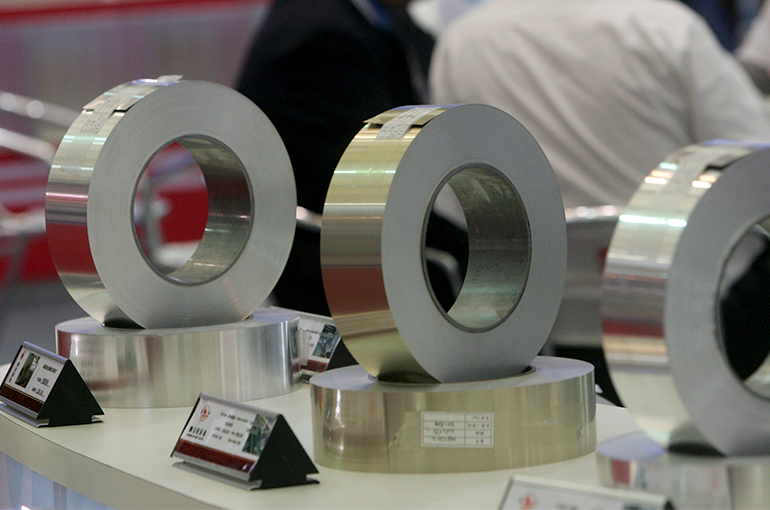 China Puts Highly-Polluting Aluminum Industry In Its Crosshairs
China Puts Highly-Polluting Aluminum Industry In Its Crosshairs(Yicai) July 25 -- China is targeting the production of aluminum, the most polluting segment of nonferrous metals, in its latest effort to reduce carbon dioxide emissions.
Five government departments, including the National Development and Reform Commission, issued an action plan this week to save energy and cut emissions in the world's largest producer of aluminum, used widely in buildings, cars, and cookware. The main target is aluminum produced via electrolysis, the most common way to make the versatile and lightweight metal.
This is one of China's important industries for producing raw materials, and emission control in this key area should have an efficient impact, the NDRC said.
One of the core tasks is to optimize industry positioning and control capacity, the document shows. Key areas for emission control will not add new capacity, it added. Other key goals involve factory renovation, a shift to renewables, green development, and digital upgrading.
Last year, China’s output of aluminum tallied about 41.6 million tons, up almost 4 percent year-over-year, making up 60 percent of the world’s total, according to official data.
At present, around 10 percent of China’s aluminum capacity has a lower level of energy efficiency than an industry benchmark, noted Jia Mingxing, executive vice chairman of the China Nonferrous Metals Industry Association. Some companies still have a lot of old equipment, which means there is room for improvement, Jia added.
By 2025, there will be no energy-wasting companies, and 30 percent of the industry capacity will exceed the benchmark, per the action plan. Over a quarter of the sector's consumed energy comes from renewables and the output of recycled aluminum will reach 11.5 million tons, it added.
From this year to next year, the aluminum industry should save 2.5 million tons of coal and cut CO2 emissions by around 6.5 million tons. China will also control exports of products that consume a lot of energy and have low added value such as aluminum ingots.
Jia previously wrote in an article that the energy consumption and carbon emissions of the aluminum industry make up more than 70 percent of the total of the nonferrous metals industry. Proactive moves to advance energy saving and carbon reduction should majorly help the nation achieve its green goals laid out in the 14th five-year plan, Jia added.
However, from 2021 to last June, the first half of the latest five-year plan, China's progress in energy consumption and cutting carbon emissions was below expectations, according to the latest assessment by the NDRC.
After a two-year hiatus, China’s government work report for this year specifies that one of the major goals is to lower energy consumption per unit of gross domestic product, and this time, the expected decrease is about 2.5 percent to preserve the environment.
Editor: Emmi Laine